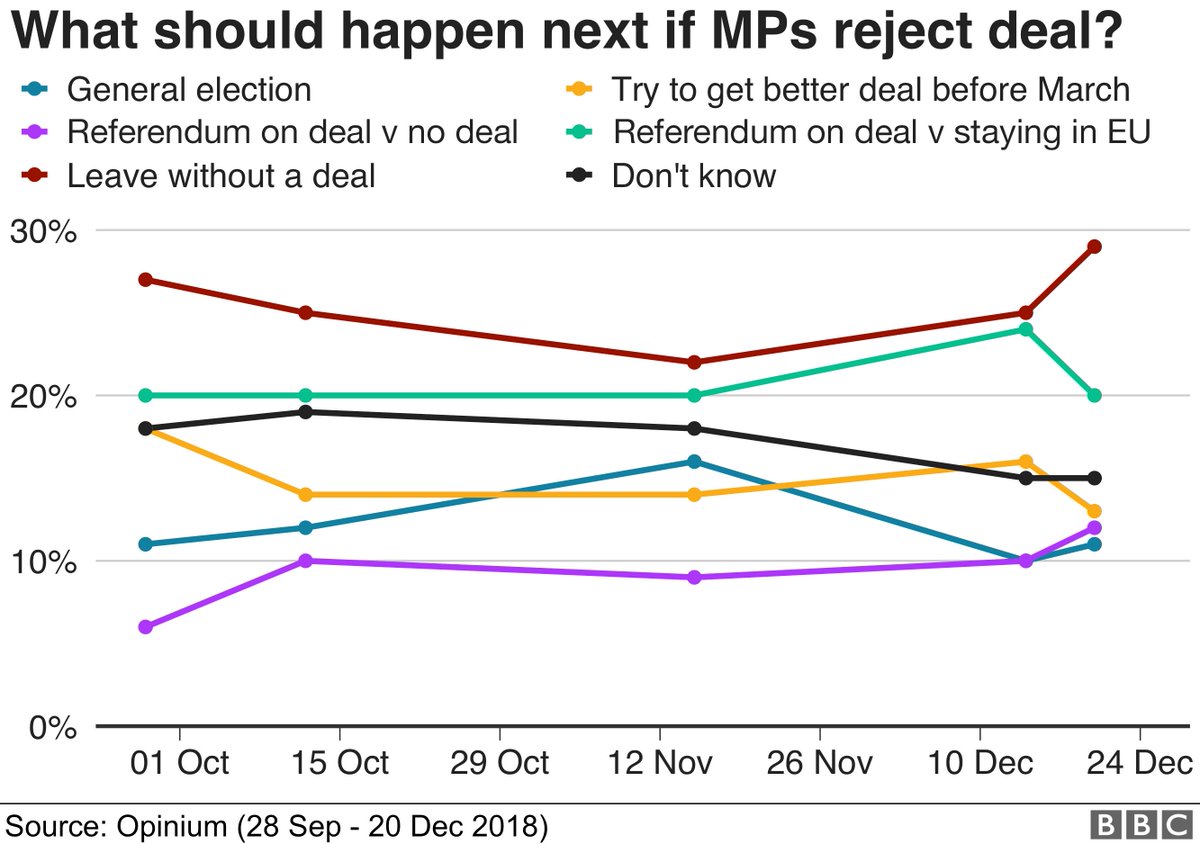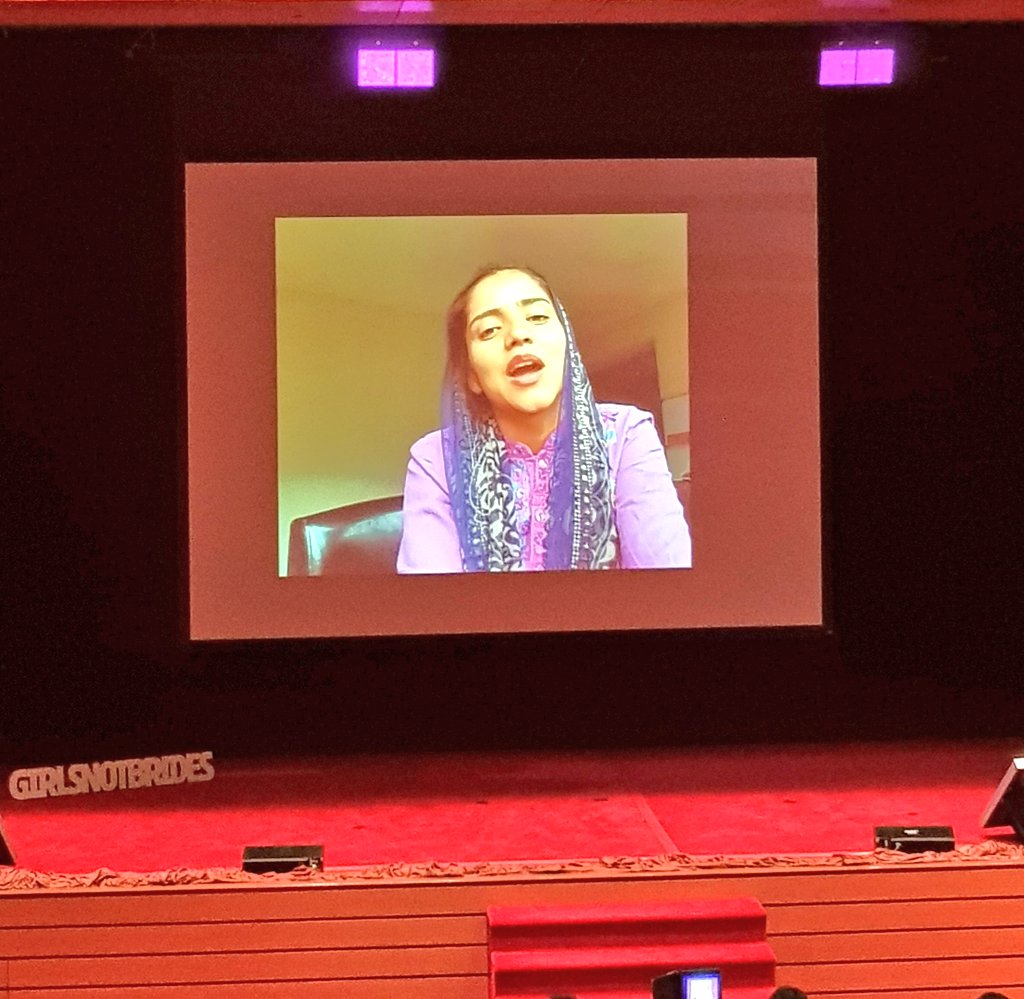Me : No. My maps are designed to solve issues of
* communication
* collaboration
* sharing
* learning
* avoiding one size fits all
* enabling re-use
* focusing on user needs
X : Can't you do that without maps?
Me : Not a hope in hell.
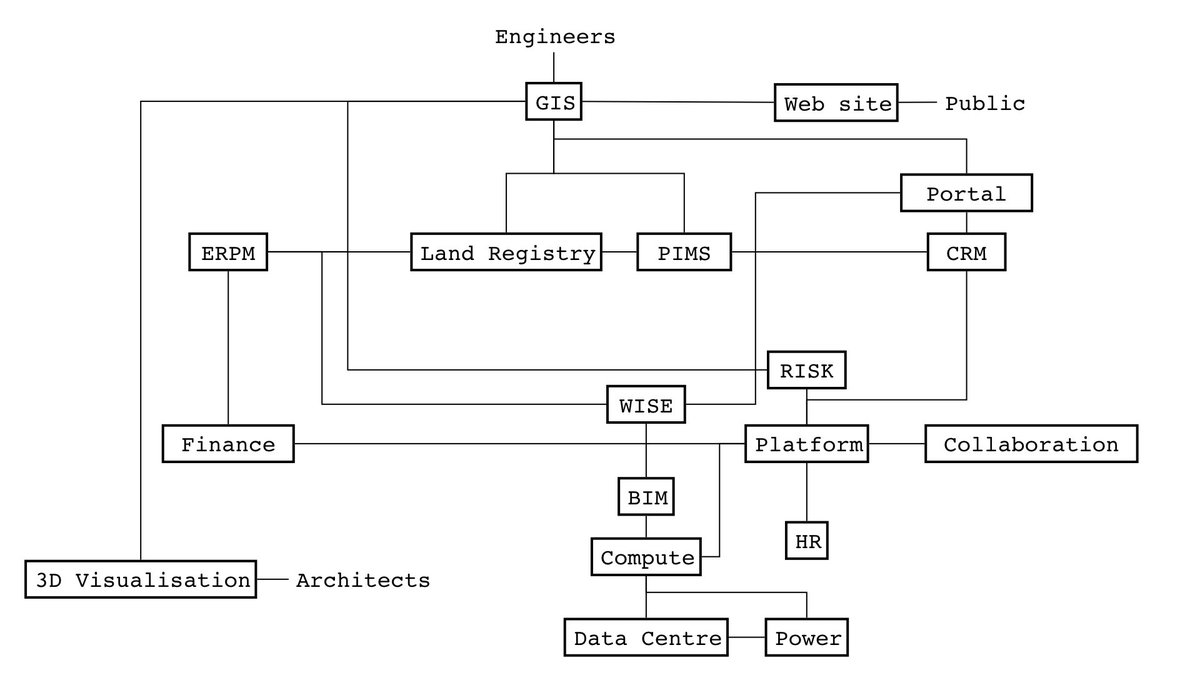
But ... how?
... and so ...
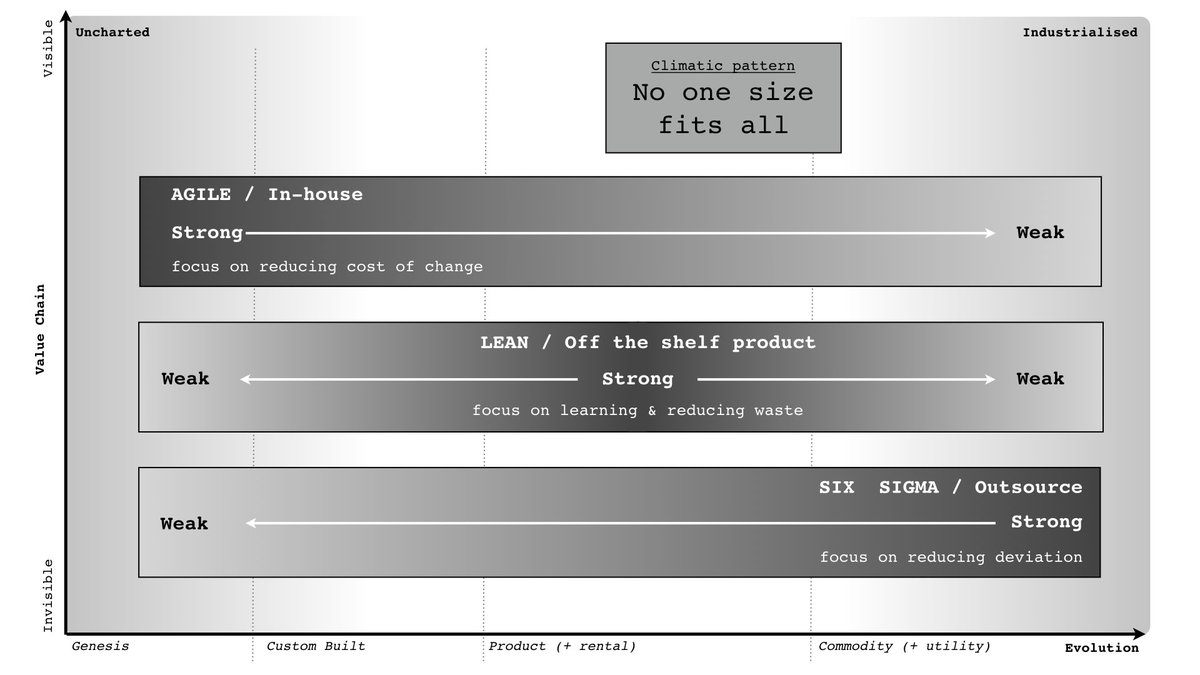
Me : Learning! You not only use maps to communicate and challenge but also to learn.
For example ...
... it's from this that ...
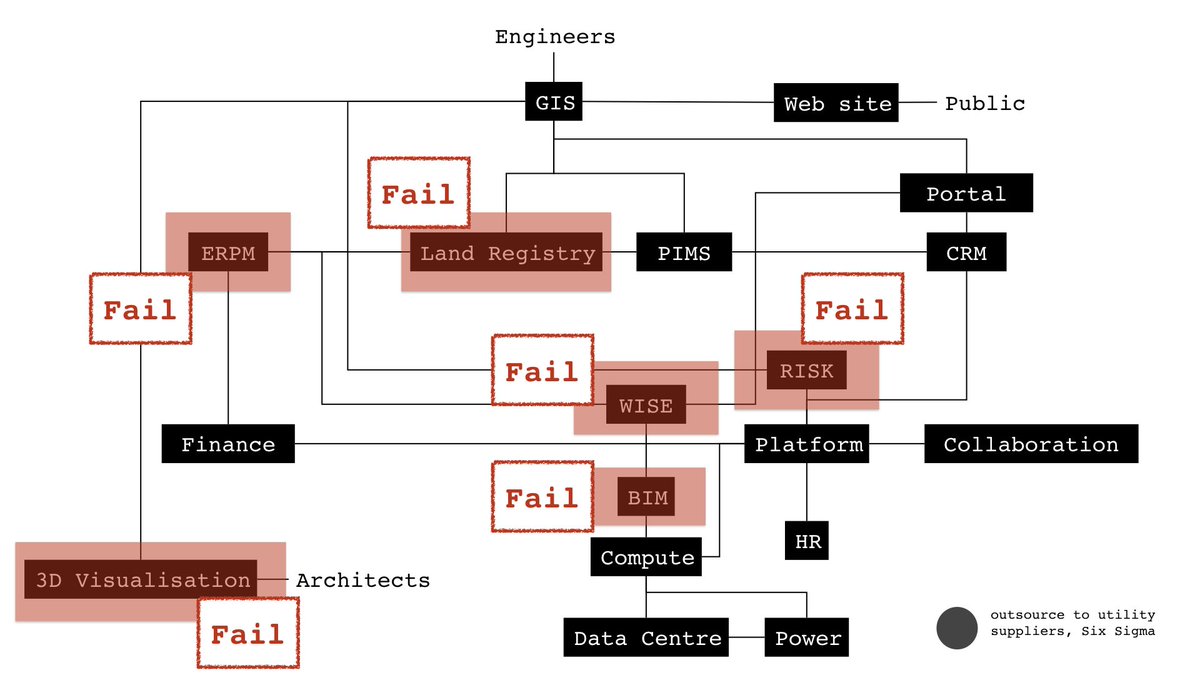
Me :
a) The entire process is creative commons - medium.com/wardleymaps - which means learn yourself. Many do.
b) The only people that can effectively map a space are those that live within it. That means you.
Me : Oh dear. Ok.
... let us take a Tea Shop ...
Me : Oh, yes it is. I have some true industry wide horrors. I'll tweet about one later but for now I'll just let you ponder how useful Income Statements and KPIs really are. For me, they're up there with SWOTs in the category of the fairly useless.

















